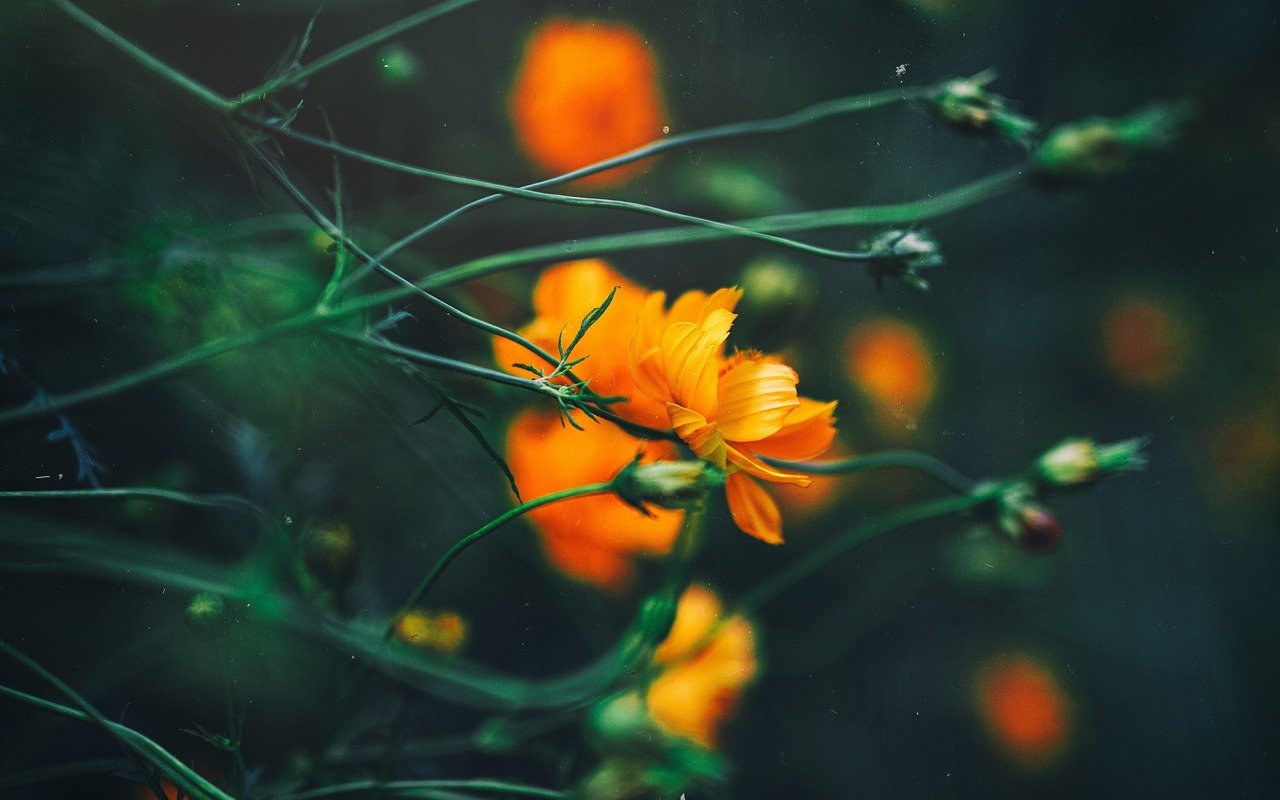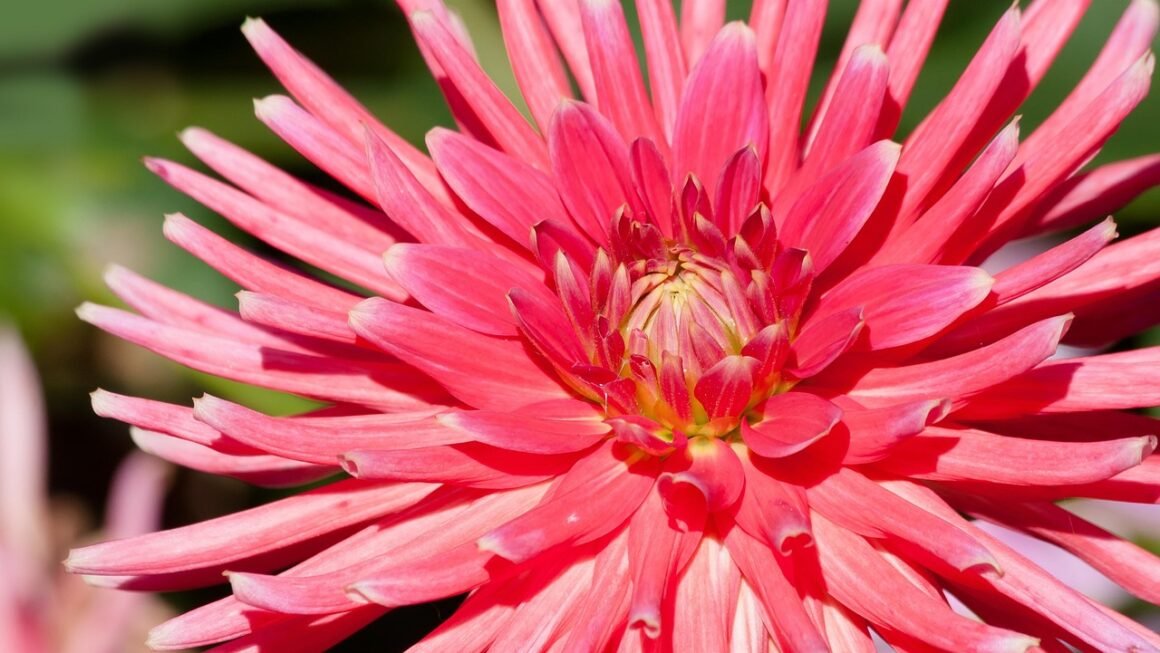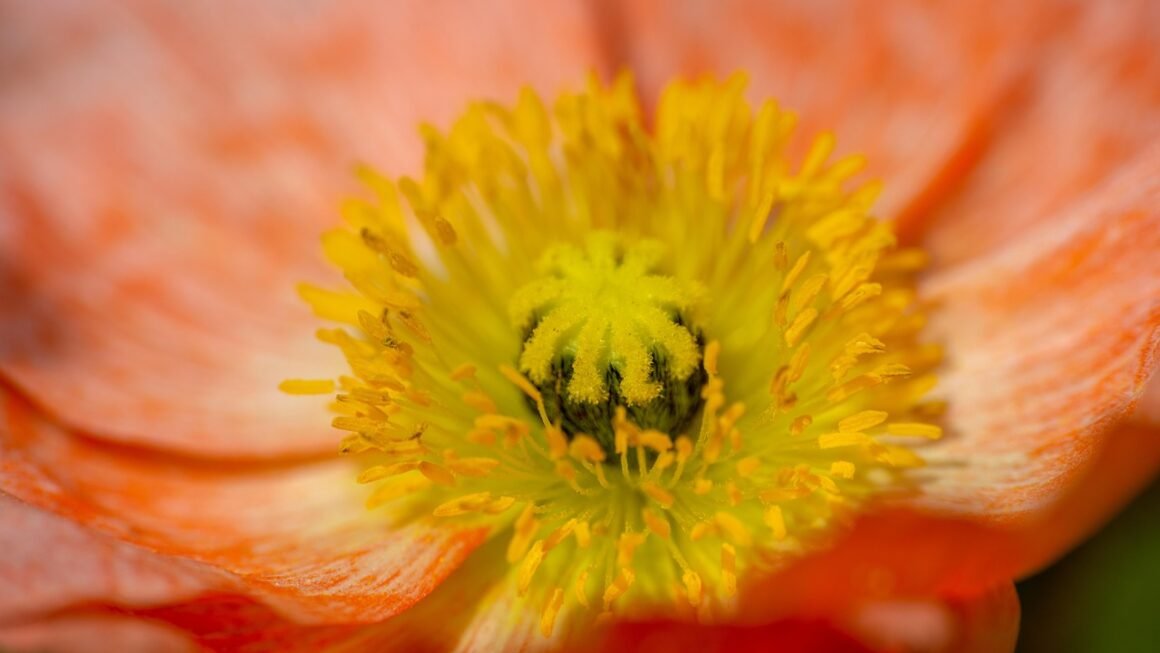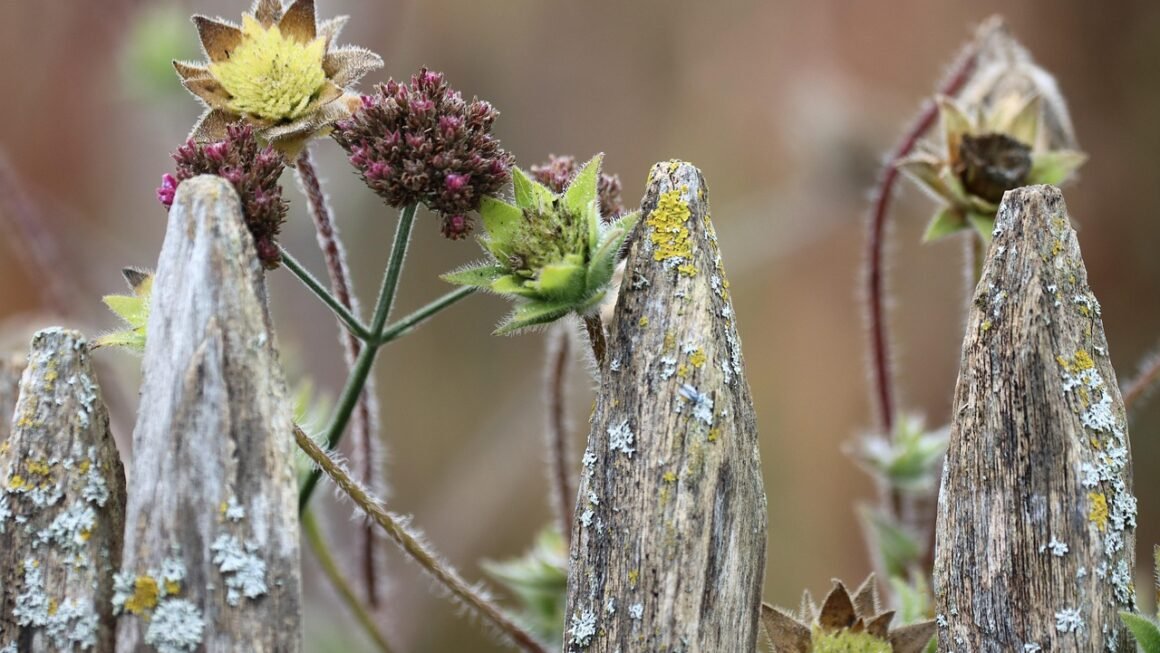Imagine effortlessly watering your garden, nourishing plants directly at their roots, and minimizing water waste all at the same time. That’s the magic of soaker hoses. These simple yet effective irrigation tools are a game-changer for gardeners of all levels, offering a targeted and efficient way to deliver moisture where it’s needed most. They represent a significant improvement over traditional sprinklers, especially when it comes to conserving water and promoting healthy plant growth. Let’s dive into the world of soaker hoses and explore how they can revolutionize your watering routine.
What is a Soaker Hose and How Does it Work?
Definition and Basic Function
A soaker hose, also known as a leaky pipe or weeping hose, is a type of irrigation tubing that slowly releases water along its entire length. Unlike sprinklers that spray water into the air, soaker hoses deliver water directly to the soil, minimizing evaporation and runoff. They are typically made of recycled rubber or porous plastic, allowing water to seep out through tiny pores at a slow and steady rate.
How They Work: The Science Behind the Soak
The functionality is remarkably simple. When connected to a water source (garden hose, faucet, or irrigation system), water pressure forces water through the porous material of the hose. This results in a slow, consistent “weeping” action that saturates the surrounding soil. The slow release allows the water to deeply penetrate the soil, reaching the roots of plants directly. Because water is delivered at ground level, very little is lost to evaporation or wind drift.
Key Benefits of Using Soaker Hoses
- Water Conservation: Soaker hoses drastically reduce water waste compared to traditional sprinklers by delivering water directly to the root zone, minimizing evaporation. Studies have shown that soaker hoses can reduce water consumption by up to 70%.
- Targeted Watering: They allow you to target specific plants or areas of your garden, ensuring that each plant receives the right amount of water.
- Reduced Weed Growth: By watering only the plants you want to water, you minimize the moisture available to weeds, thereby reducing their growth.
- Disease Prevention: Keeping foliage dry helps prevent fungal diseases that thrive in humid conditions.
- Soil Health: Soaker hoses help maintain consistent soil moisture, promoting healthy root development and improving nutrient uptake.
- Cost-Effective: They are relatively inexpensive to purchase and can save you money on your water bill in the long run.
Choosing the Right Soaker Hose
Material Types: Rubber vs. Plastic
Soaker hoses are commonly available in two primary materials: recycled rubber and porous plastic. Each has its own advantages and disadvantages.
- Recycled Rubber Soaker Hoses: These are generally more durable and flexible than plastic hoses. They are also more environmentally friendly, as they are made from recycled materials. However, they may be slightly more expensive. They also tend to perform better in colder climates because they are less likely to crack.
- Porous Plastic Soaker Hoses: These are typically more affordable and lighter weight than rubber hoses. However, they may be less durable and more prone to kinking. Some plastic hoses are susceptible to UV damage, so be sure to choose a UV-resistant option if it will be exposed to direct sunlight.
Length and Diameter Considerations
Selecting the appropriate length and diameter is crucial for optimal performance. Consider the area you need to water and the water pressure available.
- Length: Measure the area you want to water and choose a hose length that covers it adequately. Avoid exceeding the recommended length for a single hose, as water pressure may decrease towards the end of the hose. Longer runs might need to be fed with water from both ends.
- Diameter: Soaker hoses are typically available in diameters ranging from 1/4 inch to 1/2 inch. A larger diameter hose will deliver more water, but it may also require higher water pressure. Consider your water pressure and the needs of your plants when choosing the diameter.
Factors to Consider Before Purchase
- Water Pressure: Check your water pressure and choose a hose that is compatible with your system. Low water pressure may result in uneven watering. Most soaker hoses work best between 10 and 25 PSI.
- Soil Type: Consider your soil type when choosing a soaker hose. Sandy soils drain quickly, so you may need a hose that releases water more slowly. Clay soils retain moisture well, so you may need a hose that releases water more quickly.
- Plant Type: Different plants have different watering needs. Choose a hose that can deliver the appropriate amount of water to your plants. For example, drought-tolerant plants need less water than water-loving plants.
- Budget: Soaker hoses range in price from inexpensive to relatively expensive. Set a budget before you start shopping and choose a hose that fits your needs and your budget.
Installation and Setup
Preparing Your Garden Bed
Proper preparation is key to ensuring the effectiveness and longevity of your soaker hose system.
- Clear Debris: Remove any rocks, sticks, or other debris from the garden bed.
- Amend the Soil: If necessary, amend the soil with compost or other organic matter to improve drainage and water retention.
- Plan Your Layout: Plan the layout of your soaker hose system, taking into account the placement of your plants and the water pressure available. Aim for spacing the hose rows 12-18 inches apart for even water distribution.
Laying Out the Soaker Hose
Once the garden bed is prepared, carefully lay out the soaker hose. Avoid kinking or twisting the hose, as this can restrict water flow.
- Weave Between Plants: Weave the hose between rows of plants, ensuring that the roots of each plant are adequately watered.
- Secure the Hose: Secure the hose in place with garden staples or landscape pins to prevent it from moving around.
- Avoid Sharp Bends: Avoid sharp bends or corners, as this can damage the hose. Use connectors to create smooth curves.
Connecting to a Water Source
Connecting the soaker hose to a water source is a straightforward process. Most soaker hoses come with standard hose fittings that can be easily connected to a garden hose or faucet.
- Use a Pressure Regulator: A pressure regulator is highly recommended to prevent overwatering and damage to the hose. Most soaker hoses operate best at a water pressure between 10 and 25 PSI.
- Consider a Timer: Using a timer can automate your watering schedule and prevent overwatering.
- Connect Multiple Hoses: If you need to water a larger area, you can connect multiple hoses together using connectors. Be sure to check your water pressure and adjust accordingly. Be aware that water pressure degrades the longer the hose run is.
Maintenance and Troubleshooting
Cleaning and Storage
Regular maintenance is essential for prolonging the life of your soaker hose.
- Flush the Hose: Periodically flush the hose with water to remove any debris that may have accumulated inside.
- Clean Clogged Pores: If the pores of the hose become clogged, you can try soaking the hose in a solution of water and vinegar.
- Store Properly: Store the hose in a cool, dry place when not in use. Avoid leaving it exposed to direct sunlight, as this can damage the material. Coil the hose loosely to prevent kinking.
Common Problems and Solutions
While soaker hoses are generally reliable, some common problems may arise.
- Uneven Watering: This can be caused by low water pressure, clogged pores, or kinks in the hose. Check your water pressure, clean the hose, and remove any kinks.
- Leaks: Leaks can occur if the hose is damaged or if the connections are not tight. Repair any damage and tighten the connections.
- Clogging: Clogging can be caused by hard water or debris in the water supply. Install a water filter to prevent clogging.
- Algae Growth: Algae can grow inside the hose, especially if it is exposed to sunlight. Use an opaque hose or bury the hose to prevent algae growth.
Extending the Life of Your Soaker Hose
- Use a Filter: Install a water filter to remove sediment and debris from the water supply.
- Protect from Sun: Shield the hose from direct sunlight to prevent UV damage. Burying the hose under a thin layer of mulch can help.
- Winter Storage: In cold climates, drain the hose completely and store it indoors to prevent freezing and cracking.
Conclusion
Soaker hoses are an incredibly valuable tool for any gardener looking to improve their watering efficiency and promote healthy plant growth. Their ability to deliver water directly to the root zone, minimize water waste, and reduce weed growth makes them a sustainable and cost-effective irrigation solution. By understanding the different types of soaker hoses, proper installation techniques, and essential maintenance practices, you can harness the full potential of this simple yet powerful gardening tool and enjoy a thriving, vibrant garden. So, ditch the wasteful sprinkler, embrace the power of the soak, and watch your garden flourish!




